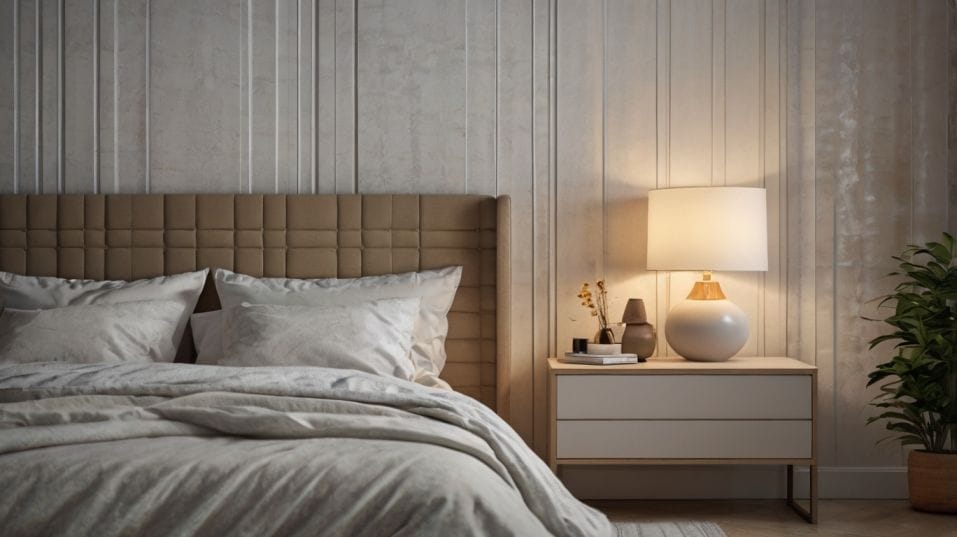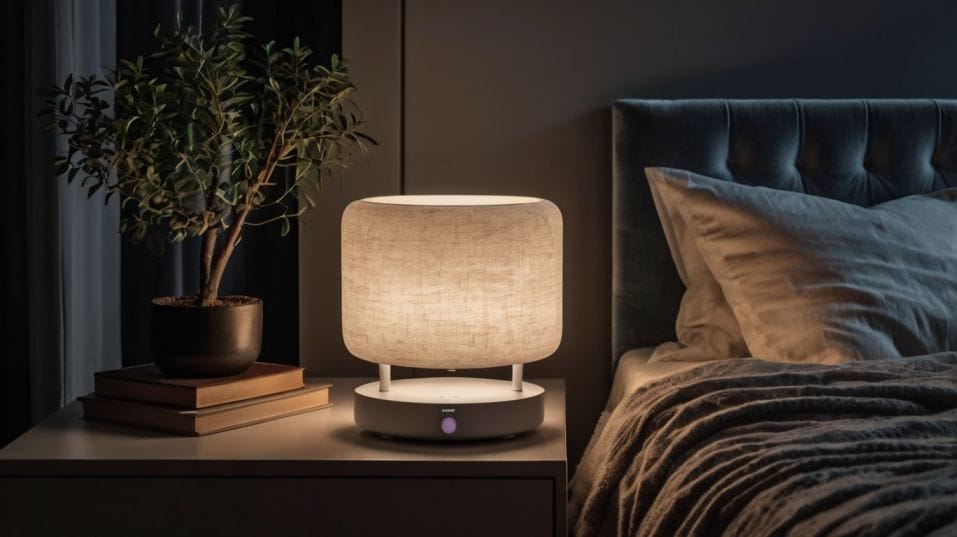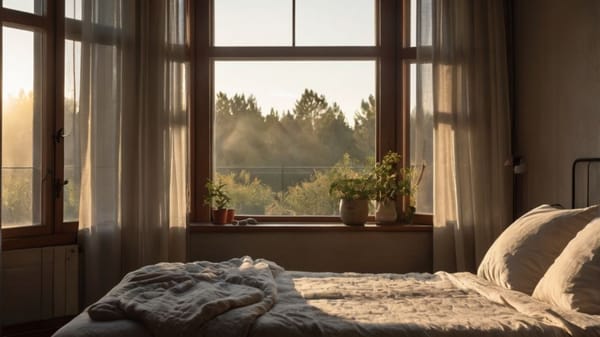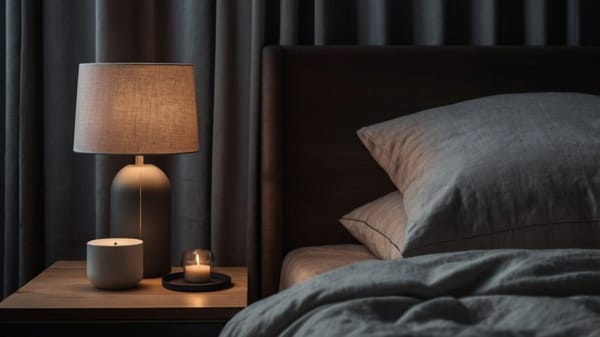The Pros and Cons of White Noise Machines
Unlock deeper sleep, sharper focus, and faster recovery with white noise. Discover how simple sound can transform your nights—and your energy.

Ever wonder why you still wake up tired even when you "sleep enough"? The secret isn’t more hours—it’s smarter sleep.
A simple tool like a white noise machine can transform restless nights into real recovery, giving you more energy, sharper focus, and better moods.
If you're ready to stop dragging through your days and start thriving, it’s time to rethink how you sleep—and why the right background sound could change everything.
Why White Noise Machines Actually Work
Your brain is always listening. Even when you’re dead asleep, it’s scanning for sounds that might signal a threat.
Evolution wired you to survive, not to thrive in a noisy apartment building or a city that never shuts up. That's where white noise comes in.
White noise machines don't just add "background noise" for the sake of it. They create a constant sound frequency across the entire spectrum your ears can hear.
This steady hum blends all the sharp, sudden noises into the background, making them less likely to jolt you awake. It's a method called sound masking, and it's backed by real research.

Studies published in journals like Sleep Medicine and Frontiers in Neurology have shown that sound masking through white noise shortens the time it takes to fall asleep and boosts overall sleep efficiency.
Translation: You fall asleep faster, stay asleep longer, and wake up actually feeling rested. Not semi-zombified. Not halfway there. Truly rested. And white noise isn't limited to that "static TV" sound.
Depending on what you respond to best, you can also explore pink noise (lower, more soothing frequencies) and brown noise (even deeper and richer), both of which have their own sleep-enhancing science behind them.
How a White Noise Machine Changes Your Sleep (and Your Day)
A lot of sleep "solutions" feel like chores. They need schedules, complicated routines, or endless apps. White noise machines are different. Set it up once. Turn it on. Let it do the heavy lifting every night after that.
Here’s what starts happening when you build white noise into your sleep environment:
- Fewer disruptions during the night. Your sleep cycles stay uninterrupted. That means deeper slow-wave sleep, better REM sleep, and fewer early wake-ups.
- Stronger circadian cues. Pairing white noise with your nighttime routine trains your brain to recognize when it's time to shut down. Over time, just hearing the machine click on will start triggering your sleep response.
- Better recovery, sharper cognition. More complete sleep boosts how you repair muscle, balance hormones, and consolidate memory. You'll notice quicker recovery after workouts, stronger focus at work, and a more resilient mood under stress.
- Easier travel and stress adaptation. Once your brain links a specific sound to sleep, you can take it anywhere. A hotel room. A friend's house. A cross-country flight. White noise turns unfamiliar environments into sleep-friendly zones instantly.
This isn't just about "feeling better." Consistent high-quality sleep impacts everything from your metabolism to your mental clarity. One small device can kickstart that cascade.
Finding the Right White Noise for You
Not every white noise machine delivers the same experience. If you pick the wrong one, you’ll notice—and not in a good way. Here’s how to make sure you get it right:
- Continuous sound beats looping tracks. Some cheaper machines rely on short audio clips that loop awkwardly. Once your brain catches the pattern, it's game over. Look for machines that generate true continuous sound or ultra-long loops you’ll never notice.
- Different types of noise, different effects. White noise is high and crisp, great for truly chaotic environments. Pink noise feels softer, more natural (think steady rainfall). Brown noise is deeper and almost rumbling, often favored for anxiety and hyperactive minds. You might need to try a few to find your perfect match.
- Volume matters more than you think. Aim for about 50–65 decibels—enough to mask sudden noises without becoming an annoyance itself. Start lower and increase if needed, especially if you're adjusting from absolute silence.
- Portability for the win. If travel is part of your lifestyle, find a machine that’s compact, battery-powered, or even app-integrated so you’re not chained to your bedroom setup.
- Bonus: Machines with a timer. A good timer feature means you don’t have to stress about energy use or get woken up when the machine powers down. Some devices even sync with your sleep cycles if you want to get a little high-tech.
Setting this up should feel seamless—not like another complicated project that stresses you out before bed.
Common Missteps (and How to Dodge Them)
If you’ve ever tried white noise and thought, "meh," chances are you hit one of these common mistakes:
- Volume too loud or too soft. Overpowering your space will create new problems. Underwhelming volume won’t mask anything. Find your sweet spot.
- Sound mismatch. You might start with traditional white noise, but if it feels sharp or grating, don’t quit. Pink or brown noise could be your ticket.
- Only using it sometimes. Consistency is key. Your brain learns patterns fast. If you only use your machine occasionally, it won't build the strong sleep associations that make it powerful.
Tweak your setup until it feels almost invisible—like the air itself. That’s when you know you’ve nailed it.
Final Thoughts
A white noise machine isn’t just another "sleep hack"—it’s a foundation tool that turns chaos into calm every single night. Done right, it creates a sleep sanctuary where your brain can finally switch off, recover, and recharge for real life.
You’re closer than you think to waking up energized, sharper, and actually excited to hit the day running.
Start now: Pick a sound that speaks to you. Set the volume just right. Let white noise work for you while you sleep. No more dragging. No more dreading mornings. This is where better sleep—and a better you—begins.




